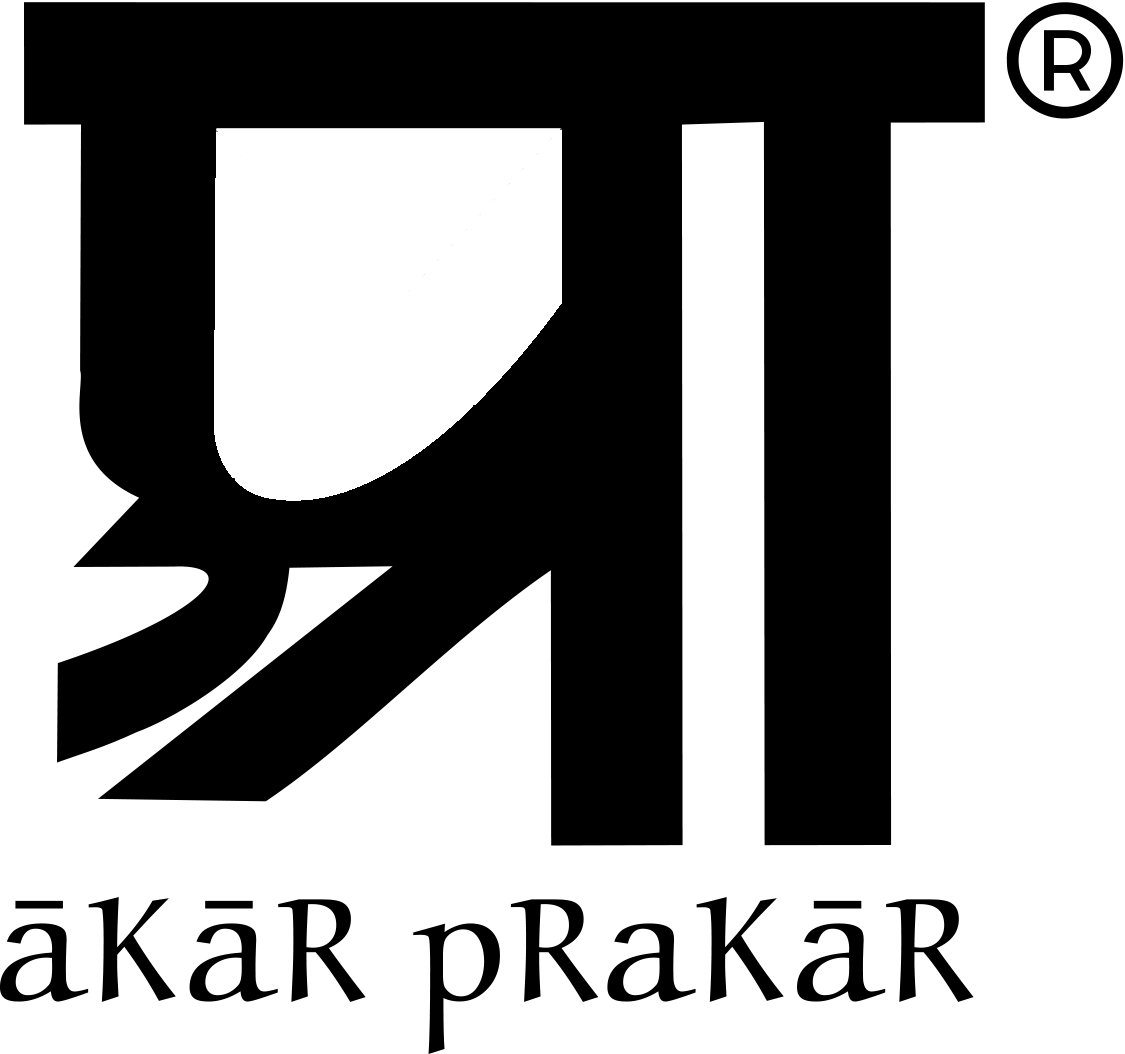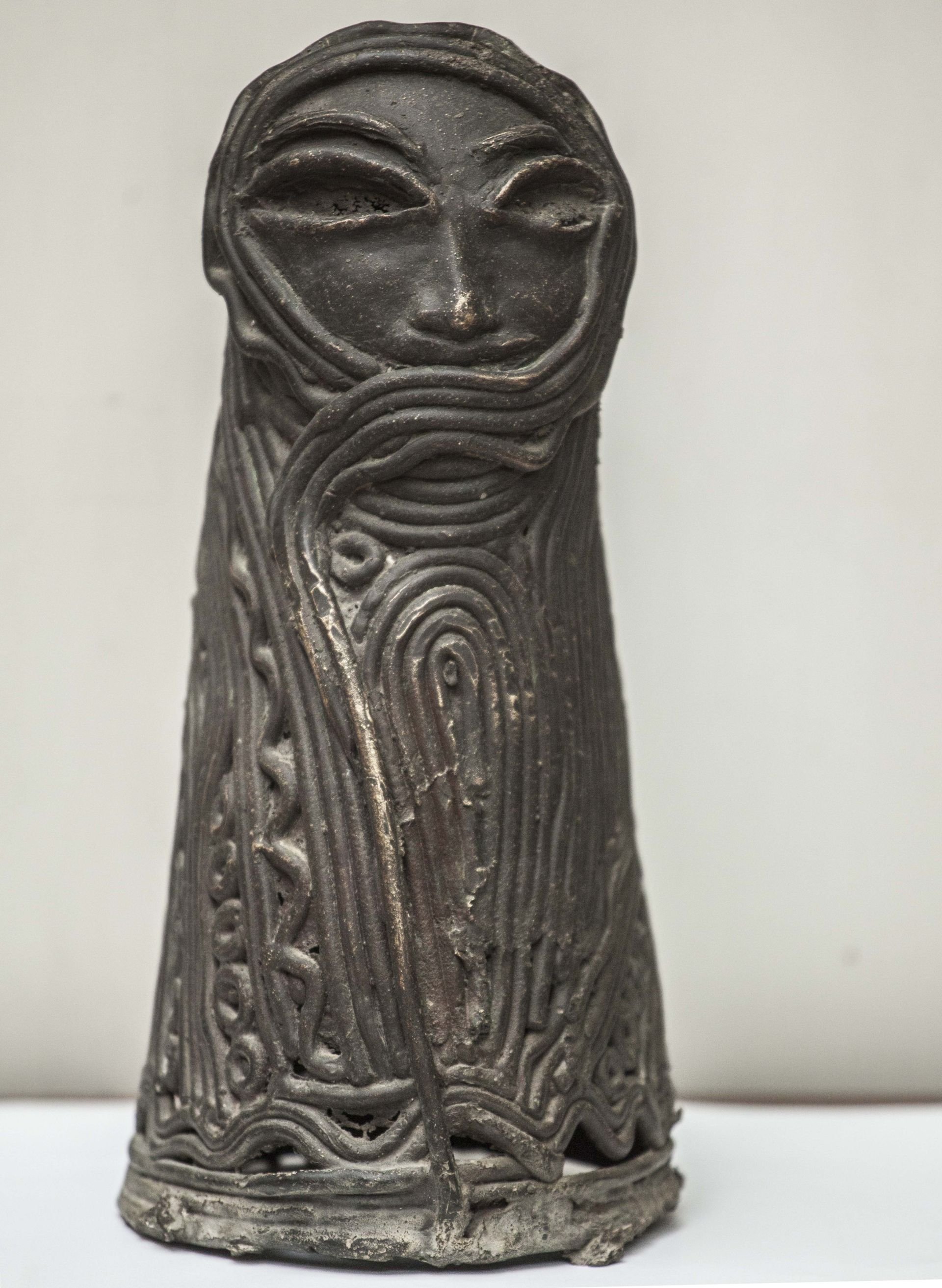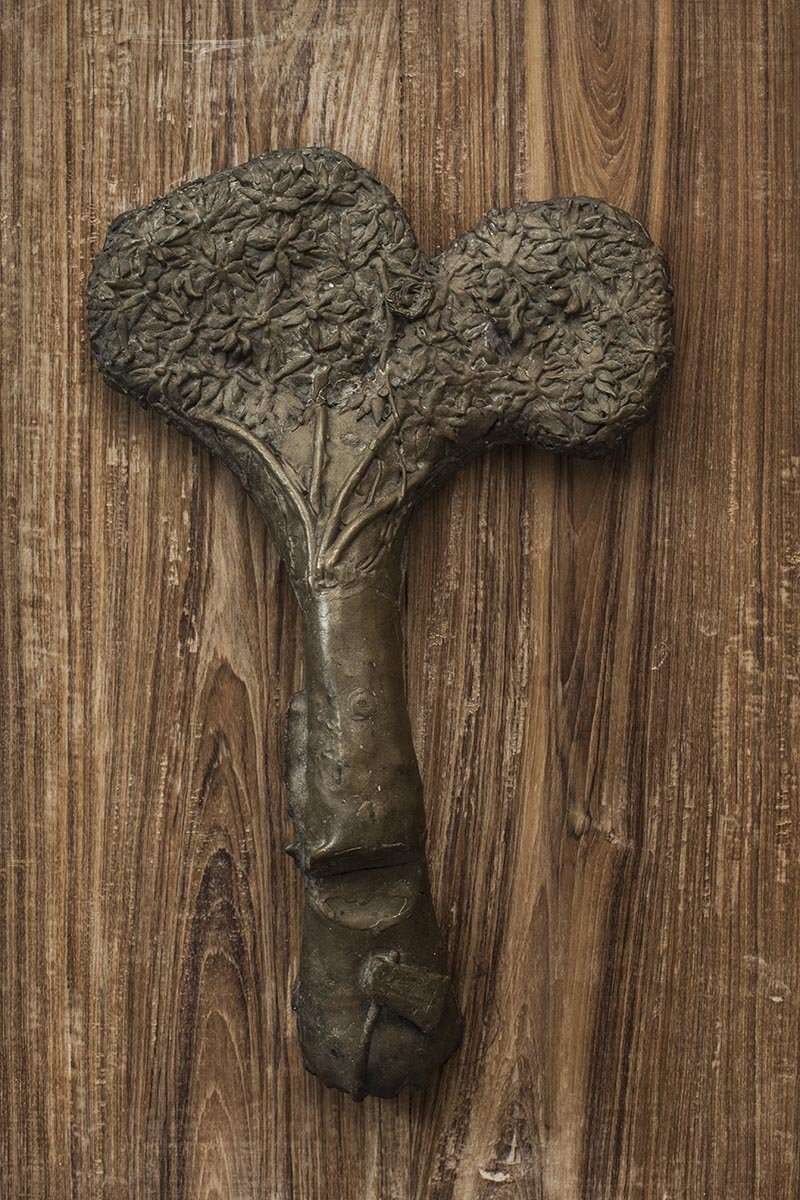Meera Mukherjee (1923 - 1998)
Born in Calcutta in 1923, Meera Mukherjee drew her inspiration for her art from the common man. Ordinary people doing everyday things found a manifestation in her art. Fishermen, weavers, women stitching - had all been subjects for her work. Meera was a painter as well as a sculptor. In the latter field, she developed her unique technique for making wax sculptures. Bengali calligraphy also often found its way into her work. And, music and dance were her favourite subjects. Through the years, she was actively involved in the research of folk metal castings and the casting techniques of classical Indian sculptures.
Meera Mukherjee initially studied painting at ISOAS, College of Art New Delhi but switched to sculpture at the Delhi Polytechnic. Her European sojourn with its diverse art forms, both ancient and modern, opened her eyes to the suitability of one’s own culture as a personal idiom. It was then that she lived with the tribes in Bastar, Madhya Pradesh, India and Dhokra(West Bengal), where she learned the lost wax casting technique. With her studies of bronze casting in Chennai, she developed her own technique which is an amalgam of the folk, South Indian and the Western method. Her close contact with the rural world crystallized in her sculptures as women repairing fishing nets, stitching and embroidering, grading wheat and generally toiling away. Her imagery also includes objects from myth and folklore, refer lost-wax process, cire perdu, and casting.
There are two distinct features that represent the spirit of Meera's work. The first is the celebration of humanism and the other is an ardent desire to break free from a routine and enjoy freedom.
Exhibition:
8 Bengal Masters: Miracles of Existence
Remembering Meera
Sculptures
Masters Show
Meera Mukherjee | Maitreye | Bronze | 16 x 10 x 6 inches
Meera Mukherjee | Bou | Bronze | 12 x 6.5 x 5.5 in
Meera Mukherjee | Buddhist Monks in Dharamshala | Watercolour on paper | 16.5 x 11.5 in
Meera Mukherjee | Untitled | Bronze | 27 x 16.75 x 5.5 in
Meera Mukherjee | Untitled | Bronze | 6.25 x 7.5 x 8 in
Meera Mukherjee | Dharampuja | Bronze | 12 x 12 x 11 in







